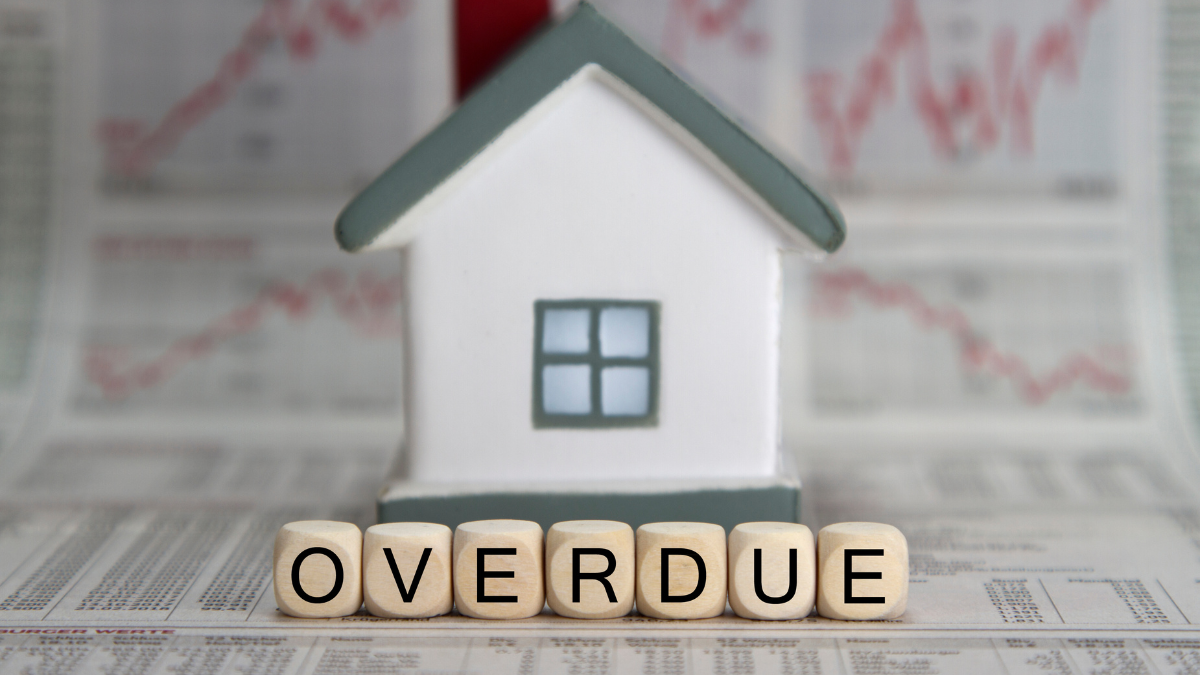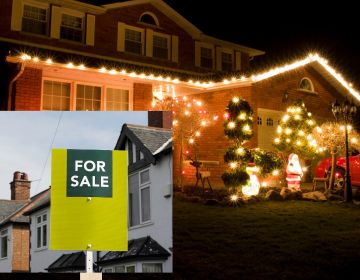
Landlord numbers may have dropped in recent months but a longer term analysis shows the reverse.
Total Landlord Insurance analysed the current estimated number of landlords with income generated via property and how this has changed over time. The figures show that across Britain, almost 2.6m of us make a living as a landlord, a 2.4 per cent increase over the last three years.
London is not only home to the most landlords at 463,200, the region has also seen the largest increase since 2016/17 - up by 8.4 per cent.
The East of England (four per cent) and South East (3.4 per cent) have also seen some of the largest uplifts in landlord numbers, while the South East is also home to the second highest number at 459,410.
But not every area has seen this figure increase. In Wales, the number of landlords has fallen by 3.9 per cent in the last three years. The South West has seen a decline of 1.5 per cent, with the North East (down 0.6 per cent) and Scotland (down 0.3 per cent) also seeing a decline, albeit it to a lesser degree.
London has also seen some of the largest increases in landlord numbers at local authority level. The City of London has seen a 37 per cent increase in the number of landlords since 2016/17, with Barking and Dagenham home to the second highest increase at 20 per cent.
Outside of London, Slough has seen the largest increase, also up 20 per cent. Newham (16 per cent) and Thurrock (16 per cent) also rank within the top five where the largest increase in landlord number is concerned.
A Total Landlord Insurance spokesperson says: “In recent years, the nation’s landlords have been served up an unsavoury cocktail with regard to restrictions to income tax relief, buy-to-let stamp duty increases and changes to capital gains tax.
“Despite this, the number of landlords has not only remained robust across Britain, but we’ve actually seen an increase which is proof, if it were ever needed, that property remains a very attractive investment.
“Of course, this hasn’t been the case completely across the board and some areas have seen a notable decline. Unfortunately for tenants in those areas, this decline in rental investment will only limit the options available to them, driving up the cost of renting in the process.”
Want to comment on this story? Our focus is on providing a platform for you to share your insights and views and we welcome contributions.
If any post is considered to victimise, harass, degrade or intimidate an individual or group of individuals, then the post may be deleted and the individual immediately banned from posting in future.
Please help us by reporting comments you consider to be unduly offensive so we can review and take action if necessary. Thank you.
















.jpg)









%20(002).png)




.png)






Join the conversation
Jump to latest comment and add your reply
Sorry. I just plain and simply don’t believe this. You only have to see the amounts of capital gain receipts and the total lack of supply with forever increasing rents to confirm that.
Chestertons has reported that the number of rental properties on the London housing market dropped 38 per cent over the past year as tenant enquiries grew by nearly two thirds over the same period.
Landlords may be reducing the size of their portfolios. There is some research which indicates that the average portfolio size has been reduced by two properties so far, with plans to reduce their size further.
As said above, I don’t believe this…. Has Boris Johnson had a hand in the research 😂
I read that Boris combs his hair with a banana 🍌
It is not clear in this report, how many of these landlords are for holiday lets. Are a lot of landlords switching to holiday lets? I get the feeling long term rental properties are declining fast.
Please login to comment